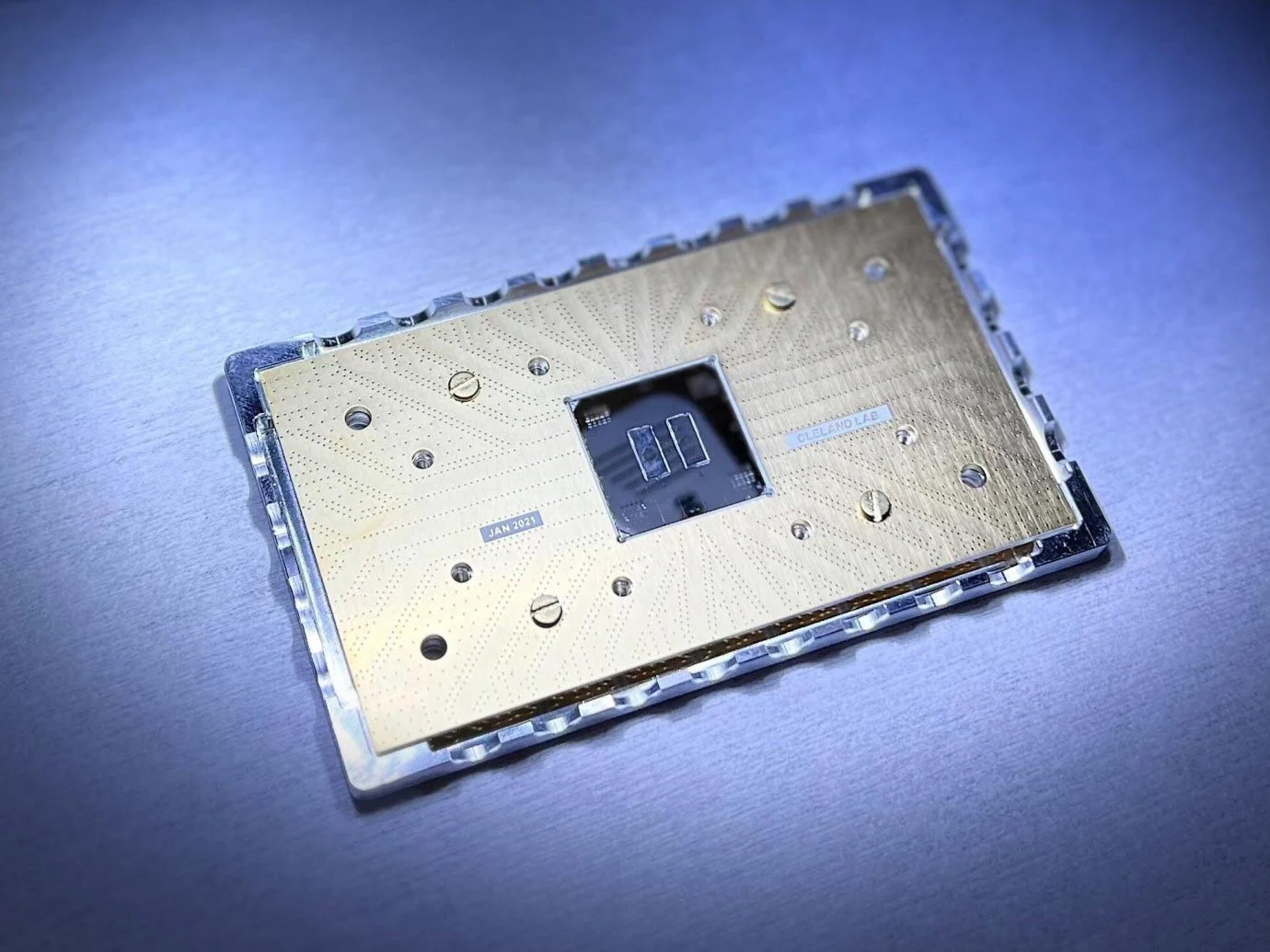US Army researchers became the first to demonstrate the feasibility of a quantum logic gate comprised of photonic circuits and optical crystals.
Photonic circuits that incorporate nonlinear optical crystals have presently emerged as the sole feasible route to quantum computing with solid-state systems at room temperatures. The photons must interact with other photons to perform logic operations. This is where the nonlinear optical crystals come into play.
Researchers can engineer cavities in the crystals that temporarily trap photons inside. Through this method, the quantum system can establish two different possible states that a qubit can hold: a cavity with a photon (on) and a cavity without a photon (off). These qubits can then form quantum logic gates, which create the framework for the strange states.
This indeterminate state of whether or not a photon is in a crystal cavity to represent a qubit. The logic gates act on two qubits together, and can create “quantum entanglement” between them.
The team hence predicts quantum computer circuits that will no longer need extremely cold temperatures to function could become a reality after about a decade. (SciTechDaily)
The paper is published in Physical Review Letters.



